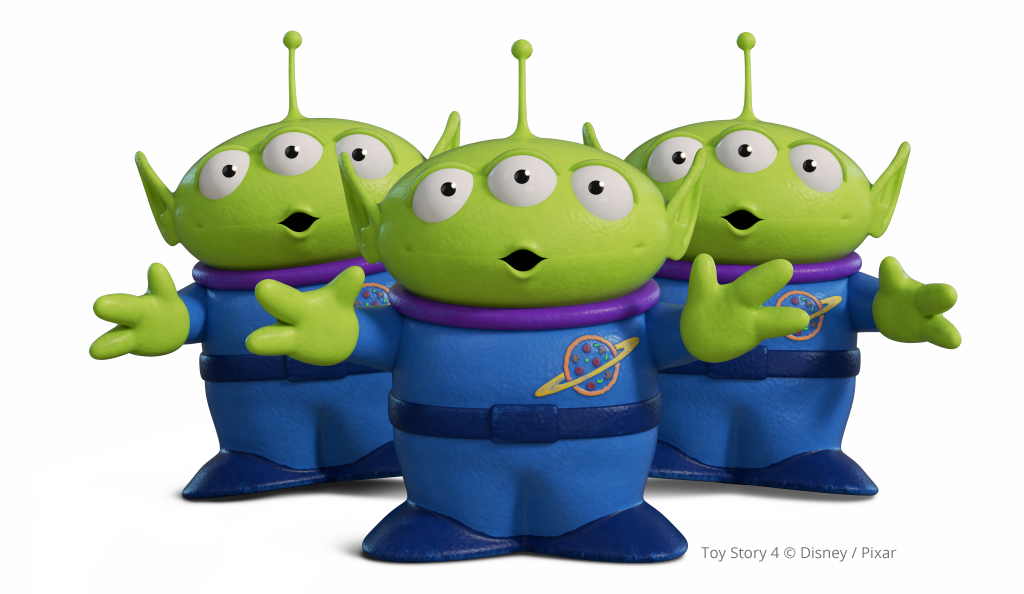

We're using Autodesk's Maya for this course. And it can be used out-of-the-box with a number of different 3D packages. So that's a really great way to use RenderMan. So as we're developing our scenes, we can see in real-time when we change a shading and lighting in our scene, and we get that immediate feedback.

RenderMan has really great single pass workflows that we'll see later on in this course, and really fast interactive shading and lighting. And as we mentioned, it's been completely modernized with state-of-the-art ray tracing architecture, and it's constantly setting new standards for speed and memory efficiency. So, it's a great versatility where you've got an animation as well as a visual effects coming out of one rendering package. A lot of those has been done in RenderMan, and we'll see a little list later on in the slides. And these days so many live-action movies all have computer graphics visual effects.
#Pixar renderman tutorial blender movie#
But also it's been used on visual effects, so any live-action movie that you've seen.

And those are more stylized, kind of cartoony animations. Like, if you've seen any Pixar movies, that's all done in RenderMan. And it's been developed to meet the ever-increasing challenges of 3D animation and visual effects, so it can be used on animated movies. And that doesn't mean that it's not contemporary, as we'll see later on, it's recently received some really nice overhauls with ray tracing so it's certainly fast and efficient. So what is RenderMan? RenderMan has been Pixar's core rendering technology for over 25 years now.


 0 kommentar(er)
0 kommentar(er)
